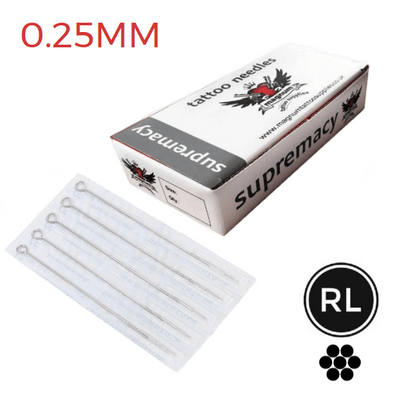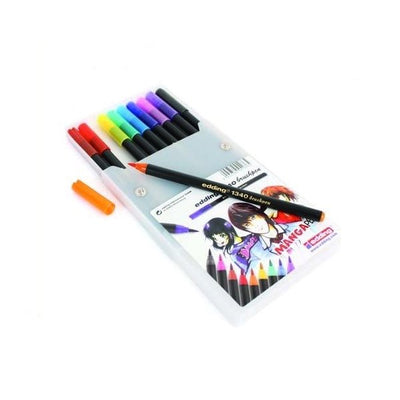As boxing fans eagerly anticipate the exhibition match between former heavyweight champion Mike Tyson and professional boxer Jake Paul, scheduled for July 20, 2024, at AT&T Stadium in Arlington, Texas and streamed globally on Netflix, there’s more to Mike Tyson than his legendary status in the ring.
He is known for his iconic tattoos. Tyson’s ink tells the story of his life and career, encapsulating personal meanings and significant experiences.
Each tattoo, from the famous tribal design on his face to the portraits on his arms, symbolises his journey through turmoil and triumph. As the bout with Jake Paul approaches, Tyson’s tattoos remind us of the depth and complexity of his character, which he will bring once again into the spotlight. Let’s discuss more about his tattoos.

Who is Mike Tyson?
Mike Tyson is a former professional boxer who is considered one of the greatest heavyweights in the history of the boxing sport. It's birthday is June 30, 1966, and born in New York, Tyson gained fame for his intimidating and ferocious boxing style. In 1986, he became the youngest boxer to win a heavyweight championship in boxing history at just 20 years old.
Throughout his career, he was known for his knockout power, winning many of his fights by knockout in the early rounds. Tyson’s career also featured significant challenges, including legal issues and a highly publicised conviction for rape in 1992, which led to a prison sentence.
After retiring from boxing, Tyson has remained in the public eye through various media appearances, including a one-man Broadway show, movie roles, and a popular podcast. His life and career have been marked by both his achievements in the ring and his controversies outside of it.

Mike Tyson’s tattoos
1. The Face Tattoo: A Tribal Emblem
Perhaps the most famous of Tyson’s tattoos is the tribal design that swathes the left side of his face. Inked in 2003, shortly before a comeback fight against Clifford Etienne, this tattoo was a spontaneous decision that Tyson made during a turbulent period in his life.
Contrary to what one might expect, the tattoo was not planned to carry a deep spiritual meaning. Initially contemplating a design of multiple hearts, Tyson was steered towards a tribal pattern by his tattoo artist, Victor Perez, who suggested something that would be visually striking and more suited to Tyson’s fierce image. Mike Tyson’s face tattoo design draws inspiration from Maori tribal markings, which are traditional symbols of strength and courage — qualities that Tyson resonated with.
2. Mao Zedong: A Symbol of Rebellion
On Tyson’s right arm is a detailed portrait of Mao Zedong, the Chinese revolutionary leader. Tyson chose this tattoo as a symbol of rebellion and resilience, traits he saw in himself. The tattoo reflects Tyson’s interest in socialist and revolutionary ideologies, showcasing his alignment with figures who disrupted the status quo.
3. Che Guevara: A Nod to Revolutionary Spirit
Similar to his tattoo of Mao, Tyson’s ink of Che Guevara on his ribcage represents his admiration for revolutionaries. Guevara, an Argentine Marxist revolutionary, was a major figure in the Cuban Revolution and is globally recognised as a symbol of rebellion against inequality. For Tyson, this tattoo is a personal emblem of fighting against life’s challenges and standing up for one’s beliefs.
4. Monica Turner: A Personal Connection
Among Tyson’s more personal tattoos is the portrait of his ex-wife Monica Turner on his left forearm. This tattoo marks a chapter of his personal life that involved significant emotional investment and turmoil. Despite their eventual separation, the tattoo remains a permanent reminder of his past relationships and the personal struggles associated with them.
5. Arthur Ashe: An Inspiration
The tattoo on Tyson’s right shoulder of Arthur Ashe, the African-American tennis legend and activist, symbolises more than just athletic greatness. Ashe’s humanitarian efforts, particularly his work with AIDS, inspired Tyson to recognise the impact of public figures both in and out of sports. This tattoo is a tribute to Ashe’s influence and a recognition of the broader social responsibilities that come with fame.

Why did Tyson stop boxing?
Tyson retired from professional boxing in 2005 due to a combination of physical decline, mental and emotional challenges, and financial troubles. After a series of losses that highlighted his decreasing ability to compete at a top level, Tyson acknowledged that he no longer had the heart to fight. His physical capabilities had diminished with age, and he struggled with motivation and focus, which were compounded by significant financial difficulties. These factors led him to conclude his boxing career after a defeat to Kevin McBride.
Are tattoos allowed in boxing?
Yes, tattoos are allowed in boxing. Many boxers have tattoos, and there are no regulations within professional boxing that prohibit tattoos. Tattoos are considered a personal choice and a form of expression, and they do not interfere with the rules of the sport.
However, boxers must ensure that any tattoos do not contain offensive symbols or language, as this could potentially lead to disciplinary actions by boxing organisations or commissions overseeing the matches.
Final thoughts
Mike Tyson’s tattoos are more than just ink; they symbolise his life’s journey through success and adversity. Each design tells a story of resilience and personal growth, reflecting the spirit of one of boxing’s greatest legends. As Tyson gears up for his upcoming bout against Jake Paul, his iconic tattoos remind us of his enduring legacy both inside and outside the ring.
If you’re inspired by Tyson’s impressive tattoos and want to keep your own looking vibrant, check out the Tattoo Goo Tattoo Care Kit on our website. This 3-in-1 kit includes Tattoo Goo Lotion, Tattoo Goo Soap, and Tattoo Goo Balm (21g) to help you care for your tattoos like a champion. Shop now and ensure your ink remains as striking as Tyson’s.



























































 Studio supplies
Studio supplies












 Power & batteries
Power & batteries








 Aftercare
Aftercare





















 Apprentice
Apprentice


 Piercing & jewellery
Piercing & jewellery







 PMU supplies
PMU supplies




 New arrivals
New arrivals
 Gift vouchers
Gift vouchers
 Shop all
Shop all














































